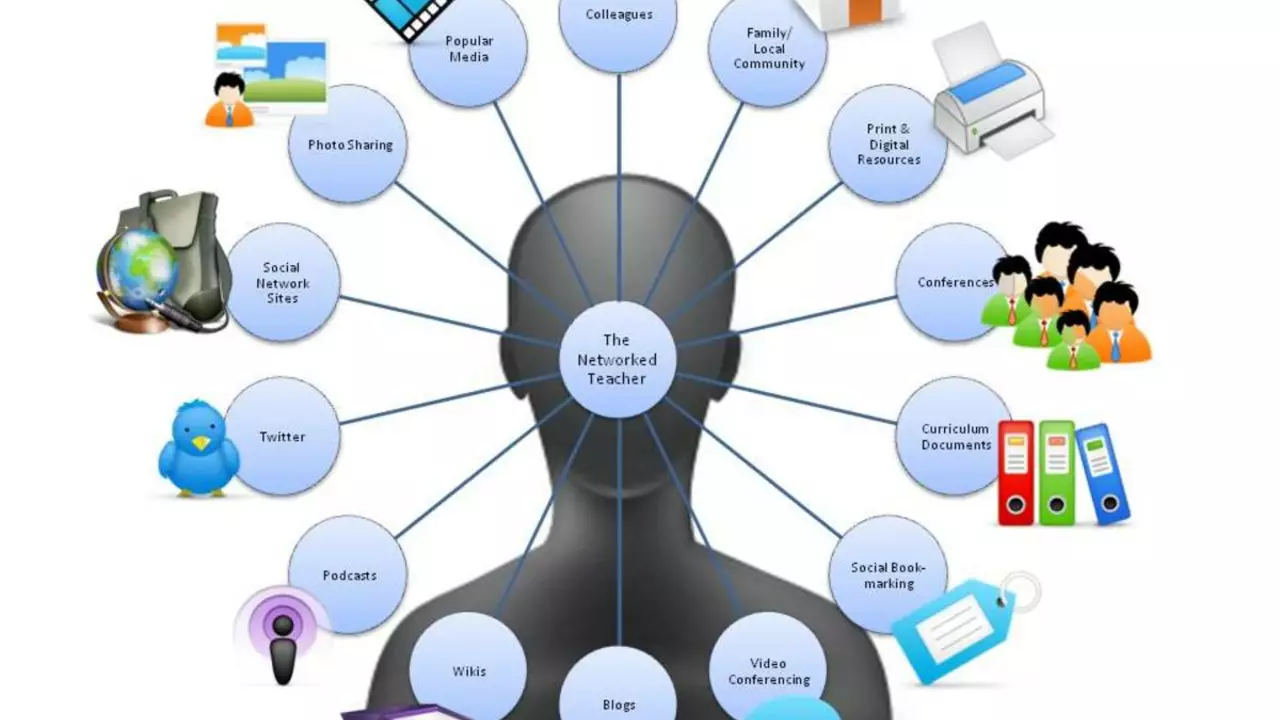Technology in School – Why It Matters and How to Use It
Tech isn’t just for offices anymore; it’s inside almost every classroom now. From kids watching videos on tablets to teachers sharing files on cloud platforms, digital tools are changing how lessons happen. The biggest win? Students get to see concepts in action, stay engaged longer, and pick up skills they’ll need later in life.
Common gear you’ll find includes interactive whiteboards, tablets, learning‑management systems (LMS) like Google Classroom, and simple tools such as quiz apps. These gadgets let teachers move beyond chalk and paper, turning a boring lecture into a hands‑on experience. For example, a science teacher can use a simulation to show how a virus spreads, letting students tweak variables and see instant results.
Of course, rolling out tech isn’t always smooth. Schools often juggle tight budgets, outdated Wi‑Fi, and teachers who may not feel confident with new software. Without proper training, even the best gadgets can collect dust. That’s why a solid plan—budget, infrastructure, and professional development—is crucial before buying the flashiest device.
Getting Started with Classroom Tech
Start small. Pick one tool that solves a real problem, like a free quiz platform to replace paper tests. Train the teachers who will use it first; they become the go‑to experts for the rest of the staff. Next, check your internet speed—streaming videos won’t work well on a shaky connection.
Look for free or open‑source options. Many schools use Google Workspace for Education at no cost, and platforms like Moodle give you a full LMS without a license fee. Pair these with low‑cost devices such as refurbished laptops or budget tablets. When you see a positive impact, you can justify expanding the program.
Future‑Ready Skills for Students
Beyond the cool gadgets, think about the skills kids need tomorrow. Basic coding, for instance, teaches logical thinking and problem solving. Tools like Scratch or Code.org let middle‑schoolers create simple games in minutes. Introducing AI concepts—like how a chatbot works—helps demystify the technology they'll meet in the real world.
Don’t forget digital citizenship. Kids should know how to protect their privacy, spot misinformation, and collaborate responsibly online. Simple class discussions or short videos can lay the groundwork for safe, smart internet use.
Measuring success matters. Use quick surveys, quiz scores, or attendance data to see if tech is actually helping learning. If you notice higher engagement or better test results, you have proof to keep the momentum going.
Tech in school isn’t a one‑size‑fits‑all project; it’s a series of small experiments that add up. Start with a clear goal, give teachers the tools and training they need, and watch students become more curious, creative, and ready for the digital world. Ready to give your classroom a tech boost? Grab a free tool, set a simple target, and see what happens next.
